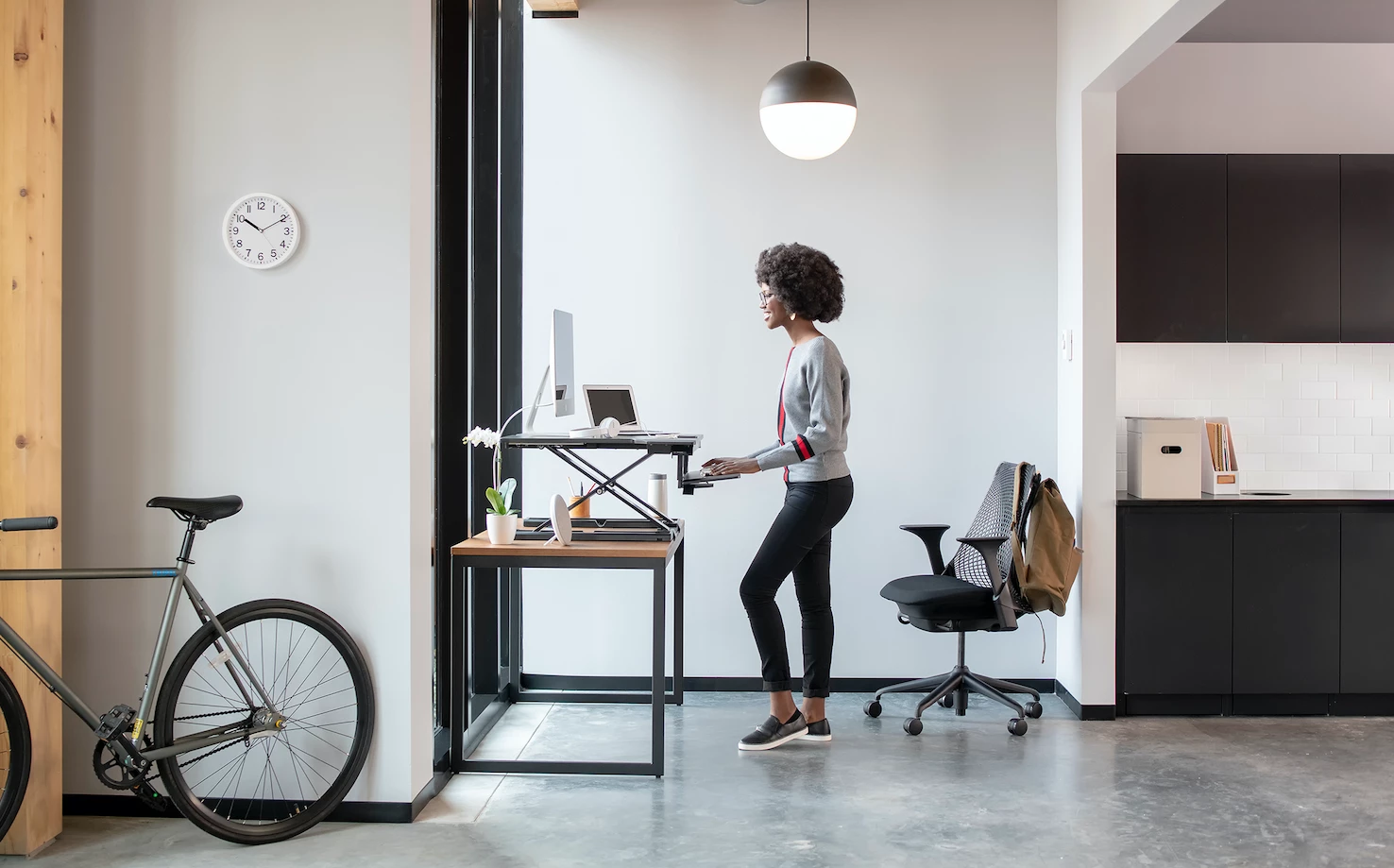
Partner Article
Why businesses need to create a culture of care
Workplace wellbeing is, arguably, higher up the business agenda than ever before. More organisations are – quite rightly - focusing on the health and happiness of their employees, and for some it’s becoming a way to differentiate, attract and retain talent. For businesses that want to raise their game on workplace wellbeing, where do the opportunities and benefits lie? How can businesses build caring into their culture?
While some employers explore the latest trendy incentives (think: sleep pods, ping-pong tables or fully-stocked fridges), research indicates that when it comes to retention, competitive advantage may be as simple as caring.
When employees feel supported by their organisation, they will develop a stronger attachment to it. One of the simplest ways employers can support and show care for employees is through office wellness programs. These types of programs vary between organisations but all have the same goal in mind – to keep employees healthy.
Many wellness programs—traditional and trendy alike—already fall under the umbrella of caring. Though they look different from office to office, employees can expect a safe working environment, a management team that listens to specific needs and access to the tools they need to be the most effective workers. Despite good intentions, there are occasions in which employee care needs more attention.
Food culture for health and happiness
Food is an incredibly important part of any office wellness plan. The relationship with food can be a place where care and wellness collide. There are a multitude of options, ranging from pizza parties for top performing groups and celebrating birthdays with cake and ice cream and to stocking important meetings with donuts and catered lunches.
Businesses need to work with employees to establish a new food culture. From a healthy eating perspective, it may be challenging to eliminate sugary treats from day one, but try offering more fresh fruits and vegetables, whether in the cafeteria or at corporate events. Reframe thinking about food as a trophy or reward and look beyond sweet treats for other ways to recognise accomplishments by the team.
Office design can help boost physical health
Providing gym memberships and encouraging exercise can be a form of caring, but there may be some missed opportunities within the office space itself, especially when it comes to the office’s attitude towards movement. For instance, telling employees that movement is important by providing gym memberships, but then not offering them alternatives to sitting at desks and conference tables all day in the office.
Another useful option is to construct a space that encourages movement. For example, create opportunities for safe physical activity during the day, such as walking meetings. Alternatively, add a few tall bar tables in the cafeteria to provide places to break up sedentary time. If employees bring their laptops to lunch, this offers them an alternative to sitting. It has even been reported that employees who get a healthy mix of sitting and standing during the workday are more likely to exercise in the evening because of reduced work fatigue.
Improving the workspace environment by offering two or more monitors can help employee productivity, as they can have all their relevant files and information open at the same time. That approach can also enable colleagues to share screens with each other, to discuss ideas instantly. People can spend many hours in front of their monitor each day, so ensuring that element of the office environment is more healthy shouldn’t be a ‘nice to have’.
Removing the pain points in the employee environment
Office jobs can cause physical pain. Considering standing desks is one example of employee wellness and corporate perks. Though companies may be focusing on creative wellness perks, they may also be missing employee physical pain points.
A great way to demonstrate care is to take a proactive approach to comfort and ergonomics, in the one place the employee spends the bulk of their time—their desk. Access to sit-stand workstations, for example, gives employees flexibility in managing their personal comfort, while staying productive. Environments that help employees give their best efforts help promote job satisfaction.
To create a caring culture at the office, business leaders should think about the types of perks they are currently offering and reassess if their approach also supports the health and well-being of employees. Some changes will come easily, others will require investment and strategy, but all will impact every businesses’ most valuable asset, its people. To remain competitive, businesses must attain and retain top talent – a caring culture that promotes health and well-being might hold the secret to staying power.
This was posted in Bdaily's Members' News section by Michel Spruijt, General Manager, EMEA, Ergotron .








 When will our regional economy grow?
When will our regional economy grow?
 Creating a thriving North East construction sector
Creating a thriving North East construction sector
 Why investors are still backing the North East
Why investors are still backing the North East
 Time to stop risking Britain’s family businesses
Time to stop risking Britain’s family businesses
 A year of growth, collaboration and impact
A year of growth, collaboration and impact
 2000 reasons for North East business positivity
2000 reasons for North East business positivity
 How to make your growth strategy deliver in 2026
How to make your growth strategy deliver in 2026
 Powering a new wave of regional screen indies
Powering a new wave of regional screen indies
 A new year and a new outlook for property scene
A new year and a new outlook for property scene
 Zero per cent - but maximum brand exposure
Zero per cent - but maximum brand exposure
 We don’t talk about money stress enough
We don’t talk about money stress enough
 A year of resilience, growth and collaboration
A year of resilience, growth and collaboration